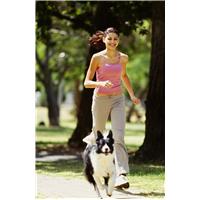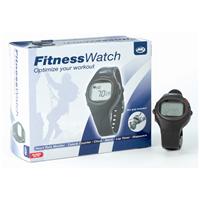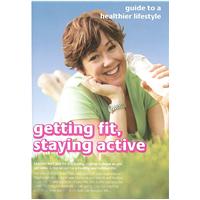_&_Joanna_Hall_(R)_Small.jpg)
London: One of the most popular new year resolutions made each year is to get fit, but how many see it through? Not many, according to research* released in December 2007 which stated that 71% of people failed in their attempt,probably preferring the comfort of their sofa.
Joanna Hall, (pictured above right) one of the UKs leading fitness and walking experts and co-founder of Walkactive, has five top tips that get results. The good bit is that there isnt a gym in sight.
Joanna Hall says: Walking is simple, easy, and just about anyone can do it. Some people are sceptical about many of its benefits, but there is no disputing the research. Walking at the right pace and with the right technique can reduce the risk of many diseases and painful conditions (see Note 3 below). Whether someone is completely new to fitness, wants to firm up, lose excess Christmas pounds, or just get fitter and healthier, walking is perfect.
Walking has few side effects and can be done by almost anyone, anywhere.
Try Walkactives top five tips and start stepping into shape:
1. Invest in a good pedometer studies show that individuals who wear a pedometer are significantly more physically active than those who dont.
2. Establish your average daily baseline use your pedometer to record the number of steps you take per day for four days and work out your average steps per day (ideally you should include a weekend and work day to get a truer reflection of your weekly activity). During the first week you must match your baseline number of steps every day, then for the next 4 weeks, depending on how fit you are, add 500 or 1,000 steps to your baseline and match that new baseline each day. This approach gets you fitter gradually and helps you feel in control.
3. Establish your Optimum Walking Pace – this is the pace at which you feel slightly out of breath, feel you need to take off a layer of clothing and is most probably the pace you may walk at if you are late for a meeting but dont want to break into a run!
4. Fine Footwear – your footwear is the most important asset. Specialist shoes and boots are available for leisure, fitness, hill and mountain pursuits. Look for good support in your ankle and forefoot comfort and support do matter.
5. Spread your steps – split your days into zones and aim for a certain number of steps in each three or four time zones. This stops you having to achieve a huge step target all in one go at the end of the day, plus challenges you to use walking as a form of travel and reduces your carbon footprint.
Alissa Twisk, (pictured above left) leading charity walking expert and cofounder of Walkactive, says: Whether its walking to get fit, train for a charity walk, firm up, or lose weight, we have trained thousands of people to get the results they deserve. Our courses began in Central London locations but as of January 2008 we have grown to include venues spread around the South East. We also launched our online club in January so we can motivate and encourage in-between training sessions through weekly e-mail support, monthly online chats with Joanna and myself, and exclusive discounts on our courses and events. Anyone wishing to benefit from the power of walking can join our next courses which start from Sunday 20th January.
Further details of course dates, venues and how to book a place can be
found at www.walkactive.co.uk
*Professor Wiseman, University of Hertfordshire
1. WalkActive courses:
WalkFit is for those who want to get fit, firm and healthy and includes one one-hour session per week for six weeks with courses held on Sundays or weekday mornings.
Walk Firm makes lunchtimes count with a 45 minute cardio walking blast class. A dynamic class that will leaves you feeling toned, refreshed and full of energy for the afternoon. Held in Green Park on Thursdays.
Baby Buggy and Me helps mums regain their body through one 50 minute session a week for six weeks.
Walk Off Weight, is a 28 day course that gets weight and inches off through twice-weekly one-hour sessions and weekly 30 minute motivational talks.
2. WalkActive is run by two fitness and walking experts Joanna Hall and Alissa Twisk.
Joanna Hall is one of the UKs leading fitness experts and is passionate about walking. A regular on TV and radio, she is creator and presenter of four exercise DVDs and author of nine books, including three top ten best sellers. Joanna is committed to delivering programmes that work.
Alissa Twisk has for the past eight years trained and encouraged hundreds of people as they prepare to complete charity walking events. Her knowledge and hands on experience is widely sought.
3. The health benefits of walking.
Walking can help prevent heart disease, stroke, colon cancer, constipation, osteoporosis, impotence, high blood pressure and depression
Walking can help improve metabolism, breathing, circulation, concentration, memory, sleep, sense of well being, overall mood and stress levels
Walking can take inches off hips, thighs, bottoms and waistlines, manage weight, and strengthen muscles, bones and joints



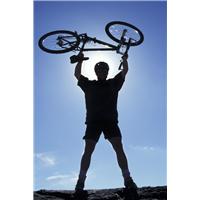


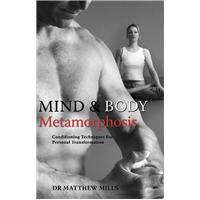
_&_Joanna_Hall_(R)_Small.jpg)




